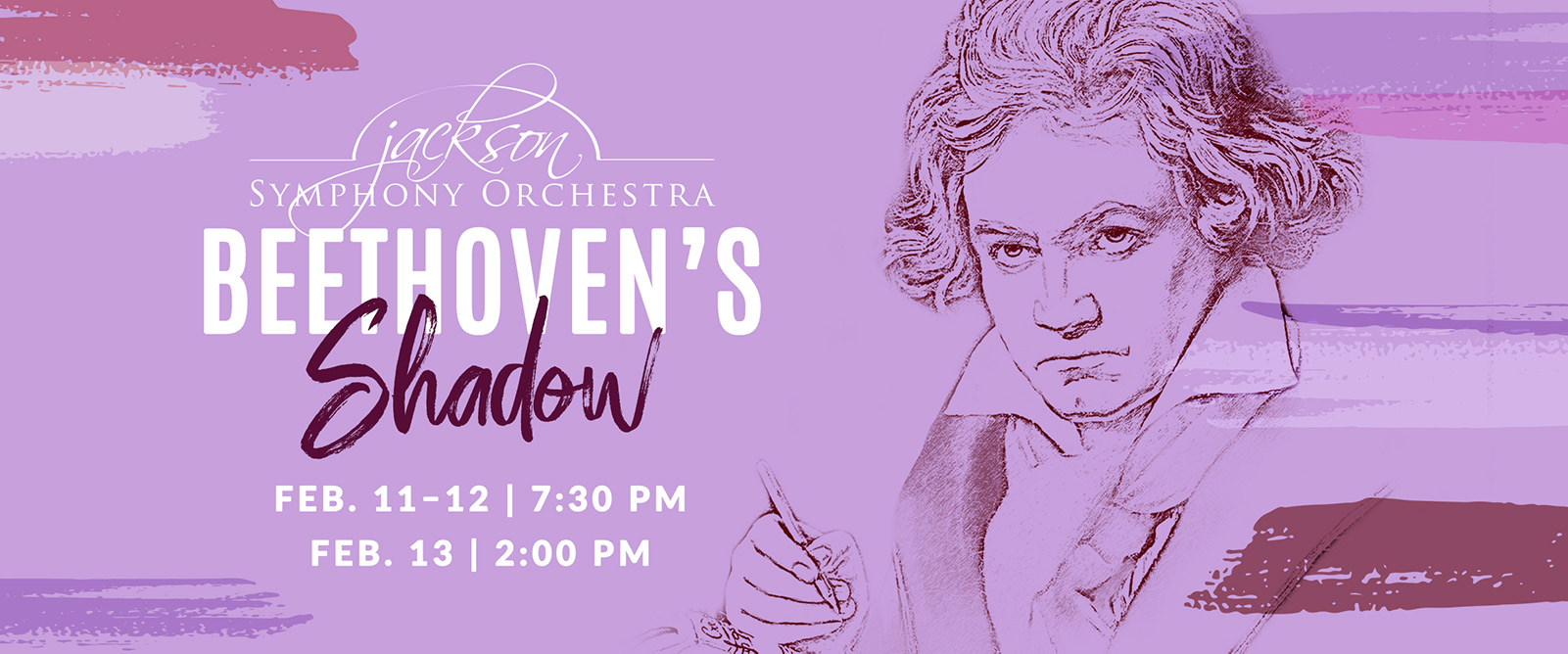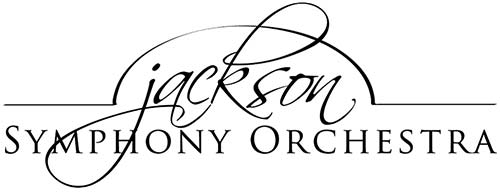
UNDERPINNINGS PROGRAM NOTES
By Larry Alan Smith
Larry Alan Smith has offered to provide us with snapshots both “before” and “after” the creation of his new work for the Jackson Symphony Orchestra. The following are his “before” comments:
“It is mid-August, and I am about to start writing the new orchestral work for Jackson. At this point, I have a duration (7-8 minutes), the instrumentation (an orchestra consisting of not more than 2 flutes, 2 oboes, 2 clarinets, 2 bassoons, 3 horns, 2 trumpets, timpani, and strings), and a subject/theme that is meant to inspire the work (Ludwig van Beethoven and his COVID-delayed 250th birthday celebration). Now . . . all I need are a few notes (pitches) . . . maybe 10,000 or so!
By the way, I also have a title: Underpinnings for Orchestra (2021). This title signifies the approach I will take to utilize technical aspects of Beethoven’s writing to build my own work. While I will know what the “underpinnings” are, they will not include obvious quotes of his music. Beethoven’s role (and my admiration for his genius) will lie deep within the work, and my own sound and compositional style will be front and center.
I am often asked how I go about creating my music. It would be great if I could tell you that, as in many images of Pope Gregory I, a dove sits on my shoulder providing me with divine inspiration. No . . . it is a little less romantic than that. I go for walks or I sit at a desk (or a piano) and generate ideas before putting anything down on paper (or into my computer). It is intentional and demanding work that is more like the chiseling of the sculptor who transforms a block of marble into a meaningful and expressive work of art.
The block of marble awaits, and I am eager to get started. Stay tuned. We will see how things develop.”
Reflections after finishing the work:
It is now mid-January, and the new orchestra piece for the JSO has been delivered. It was finished on January 2nd, and the final duration is approximately 10 minutes . . . slightly longer than originally planned. The instrumentation and title remain unchanged.
Back in August, I was planning to avoid any “obvious” Beethoven connections, but somewhere along the way, Beethoven’s monumental Egmont Overture came into my mind, and rather than resist the great man’s influence, I decided to embrace it. Some background . . . the Egmont Overture resulted from Beethoven being asked to compose incidental music for a revival of Johann Wolfgang von Goethe’s 1788 tragedy, Egmont, at the Burgtheater in Vienna. Most of the movements are rarely performed these days, but the overture has become a mainstay of the concert repertoire.
Many buried Beethoven-related “underpinnings” are present in my new piece, including elements of Beethoven’s orchestration, harmonic language, motor rhythms, accents, etc. Anyone who knows the Egmont Overture will recognize my references to the short fragment that opens Beethoven’s work. However, there is only one exact quote of eight beats (lasting nine seconds), and it occurs 87 seconds into Underpinnings (2022).
Finally, when I write about Ludwig van Beethoven, I often abbreviate his name by using “LvB.” In terms of musical pitches, I think of “L – v – B” as D-natural – F-sharp – B-flat. These notes form an augmented triad in first inversion. I made use of the special qualities of the augmented triad to build a 12-note theme consisting of four augmented triads. The result is that the “LvB” motif appears dozens of times throughout the piece.
I believe all composers (and probably all musicians) exist in Beethoven’s shadow. His genius was so extraordinary, and his music is so magnificent that one can only feel the deepest respect for what he created during his brief 56 years on this earth. I have learned an enormous amount by studying his music since I was a child, and happily, I expect that to continue for the rest of my life.
On this occasion, it seems appropriate to conclude these program notes with Happy Belated Birthday LvB!
PROGRAM SCHEDULE
— INTERMISSION —
| RUNTIME: 2H |
